Transform your cake decorations into works of art with innovative **creative icing techniques** that elevate your baking skills to new heights. Whether you’re a seasoned baker or just beginning, mastering the art of icing can take your creations to the next level. From intricate designs to sleek finishes, this guide explores a world of possibilities that will inspire both your imagination and your taste buds. Discover the secrets behind creating professional-looking frostings, the essential tools and ingredients needed, and the common pitfalls to avoid when applying icing like a pro. With expert tips and practical advice, you’ll learn how to achieve stunning results that will impress anyone who lays eyes on your treats. Let’s dive into the fascinating realm of **creative icing techniques** and unlock the potential to create beautiful, show-stopping cake decorations that are as delicious as they are visually captivating.
Key Takeaways
- Elevate Your Desserts with Unconventional Flavor Combinations: Discover how to add depth and surprise to your bakes with unique flavor twists like tahini-honey or miso butter.
- Incorporate Artistic Design Elements: Transform plain cakes into masterpieces with drip effects, geometric patterns, and hand-painted designs.
- Enhance Visual Appeal with Textures: Add crunch with nuts, coconut, or chocolate shavings for a satisfying contrast.
- Stay Relevant with Seasonal Creations: Use seasonal ingredients like pumpkin spice or Christmas-themed icings for fresh and timely treats.
- Experiment with Temperature-Driven Effects: Create stunning finishes using melted chocolate or ganache for smooth pours and glossy results.
- Master 3D Effects and Detailed Designs: Shape fondant into flowers or geometric forms and dust with glitter for a shimmering look.
- Achieve Modern Aesthetics: Use precise patterns and realistic decorations for a contemporary vibe.
- Add Playful and Luxurious Touches: Include fruit roll-ups and elegant chocolate shavings or edible flowers for magical themes.
- Create Intricate Designs with Candy Clay and Airbrushing: Pipe detailed borders and achieve vibrant gradients for personalized and colorful finishes.
Explore more tips and resources on Baking Tips, Frosting Recipes, Flavor Combinations, Design Elements, Texture Enhancements, Seasonal Creations, Temperature Effects, and Tort Decor for endless inspiration!
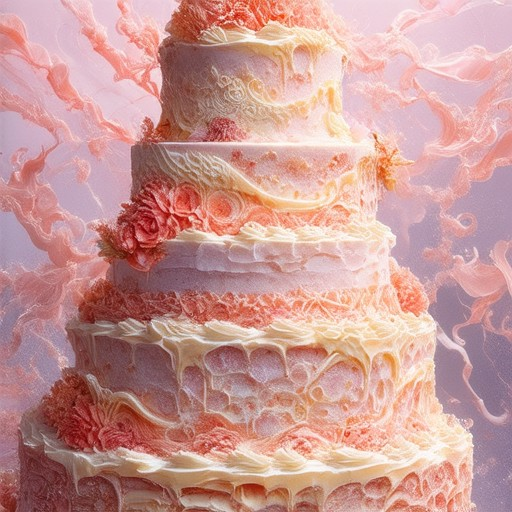
What Are the 7 Types of Icing?
There are seven primary types of icing commonly used in baking and decorating, each suited for different applications. Understanding their unique properties and uses can help you choose the right one for your project.
1. Buttercream
- A creamy, sweet, and smooth icing made typically with butter, sugar, and sometimes milk or cream.
- Versatile for cakes, cookies, and pastries.
- Easy to spread and ideal for frosting cakes uniformly.
- Example: Mix 1 cup softened butter with 2 cups powdered sugar until smooth.
2. Flat Icing
- A sturdier consistency, perfect for delicate designs or quick projects.
- Dries quickly, making it ideal for cookies and shortbread.
- Often used for professional-looking finishes without the need for detailed tools.
3. Foam Icing
- A light and airy texture, ideal for decorative purposes.
- Made with whipped egg whites or stabilizers, it holds volume well.
- Great for creating tall or elaborate structures.
4. Fondant
- A smooth, pliable icing used for detailed designs and 3D effects.
- Requires patience as it dries slowly, allowing for precise application.
- Ideal for creating realistic flower arrangements or intricate cake decorations.
5. Fudge Icing
- A rich, chocolatey flavor perfect for dessert toppings.
- Commonly used for brownie bites, cupcakes, and truffles.
- Made with melted chocolate, butter, and sugar.
6. Royal Icing
- A sturdy, bright-white icing known for its strength and versatility.
- Perfect for sugar flowers and detailed cake decorations.
- Made with powdered sugar, meringue powder, and sometimes lemon juice for stability.
7. Glazes
- A shiny, edible coating applied to baked goods for a polished look.
- Used to enhance flavors and textures, often infused with food coloring.
- Ideal for finishing touches on bread, pastries, and desserts.
Each type of icing offers unique benefits, allowing bakers to choose the best fit for their creativity and project requirements. Whether you’re decorating a cake or enhancing a dessert, having a variety of options ensures your creations are as visually appealing as they are delicious.
What Bakers Squirt on Cakes Before Frosting
Bakers often use simple syrup as a common ingredient for cakes before applying frosting. Simple syrup is a mixture of sugar and water, typically used to add moisture and prevent the cake layers from becoming soggy. However, other liquids may also be used depending on the recipe or personal preference.
Common Liquids Used:
- Simple Syrup : Neutral in flavor, it helps keep the cake moist without altering its taste.
- Fruit Juices : Can add flavor but may alter the taste of the frosting.
- Melted Butter : Adds richness and helps achieve a smoother frosting texture.
- Corn Syrup : Provides sweetness and body, useful for stable frostings.
- Milk or Cream : Adds moisture and fat, which can improve the frosting’s consistency.
Considerations:
- Purpose : The choice of liquid affects the frosting’s moisture, flavor, and texture.
- Flavor Alteration : Simple syrup is neutral, while fruit juices or coffee can enhance specific tastes.
- Consistency : Thicker liquids may stiffen frosting, while thinner ones may aid spreading.
For those experimenting, alternatives like coffee or tea can add unique flavors, though care must be taken to pasteurize raw ingredients and store leftovers properly. Always use cold liquids like milk or cream to prevent melting and separation.
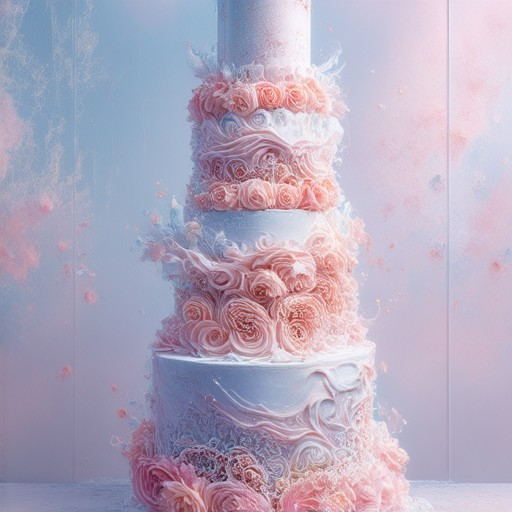
How to Make Frosting Look Fancy
Frosting can elevate your baked goods to a whole new level with just a few simple tricks. Here are some professional tips to make your frosting look sophisticated and eye-catching:
- Smooth It Out: Use the flat side of a spatula to scrape off excess frosting from the edges of your cake. This creates a clean, polished look.
- Add a Border: Pipe a decorative border around the edge of your cake using a smaller tip for detail. This adds elegance and defines the shape.
- Make a Flower Design: Create a bouquet of “flowers” by piping small dots in a circular pattern and connecting them with curved lines. Add a leaf or petal detail for realism.
- Use Multiple Colors: Alternate between two complementary colors for a gradient effect. This adds visual interest and makes the frosting stand out.
- Apply Edible Glitter: Sprinkle edible glitter or dust over damp frosting for a sparkly, luxurious finish. Let it set before serving to avoid melting.
- Texture with a Tool: Drag a wooden skewer or butter knife through the frosting to create a marbled effect, giving it a professional touch.
- Pipe Detailed Designs: Use a piping bag fitted with a fine tip to create intricate patterns or letters. This adds a personalized and artistic element.
- Drizzle with Icing: Pour melted chocolate or caramel over the frosted area for a drippy, gourmet look. Let it harden before serving.
With these techniques, you can transform plain frosting into something extraordinary. Remember to let the frosting set slightly before serving to maintain its shape and shine.
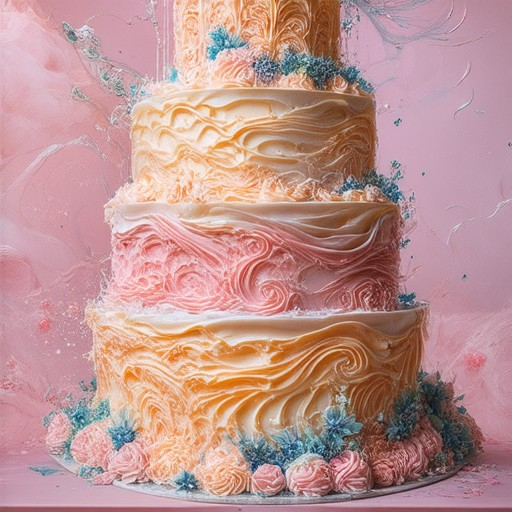
5 Mistakes to Avoid When Making Butter Icing
Creating the perfect butter icing can be tricky, but with a little knowledge and attention to detail, you can master it. Here are five common mistakes to avoid:
- Overmixing the Butter : When creaming butter, overmixing can incorporate too much air, leading to a liquid-like texture. Stick to a slow speed until the butter is fully incorporated.
- Using Too Much Sugar : Too much sugar can make your icing too sweet and affect its spreading ability. Start with the recommended amount and adjust to taste.
- Not Chilling the Butter : Cold butter is essential for a smooth icing. Make sure your butter is thoroughly chilled before using it.
- Adding Too Much Milk : Excess milk can dilute your icing, making it runny. Use only the amount specified in your recipe.
- Improper Mixing Techniques : Scrambling the butter or not mixing properly can lead to lumpy icing. Use a whisk or electric mixer on low speed to combine ingredients smoothly.
By avoiding these mistakes, you’ll achieve a creamy, spreadable butter icing every time. For more tips, check out our baking tips and frosting recipes .
Most Creative Ways to Apply Icing to Cakes and Pastries
- Unconventional Flavor Combinations: Elevate your desserts by mixing unexpected flavor combinations like Tahini and honey for a nutty twist, or Miso butter for a savory-sweet experience. These unique flavors add depth and surprise to your bakes. Explore More
- Artistic Design Elements: Incorporate artistic elements like drip effects created with edible glitter or dust, geometric patterns using cookie cutters, or hand-painted designs with food-safe dyes. These techniques transform simple cakes into masterpieces. Learn More
- Texture Enhancements: Add visual interest with textures like crushed nuts, shredded coconut, or chocolate shavings. These additions create a satisfying contrast between smooth icing and crunchy or soft toppings. Try Now
- Seasonal-Inspired Creations: Use seasonal ingredients like Pumpkin Spice for autumn-themed desserts or Christmas themed icings with peppermint extract. These seasonal variations add freshness and relevance. Get Inspired
- Temperature-Driven Effects: Experiment with temperature play by using melted chocolate for a smooth, pourable effect or ganache for a glossy finish. These techniques create visually stunning results. Master the Technique
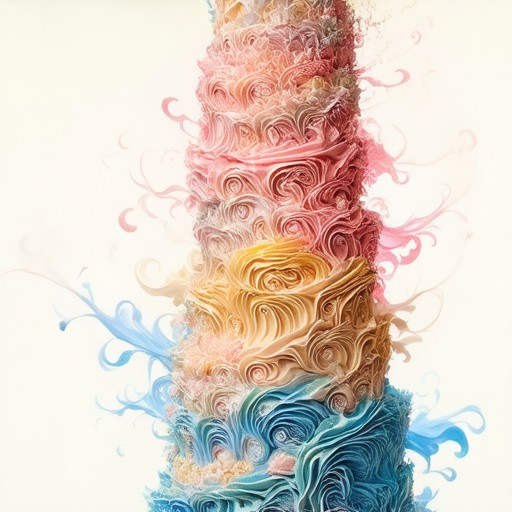
Most Creative Ways to Decorate Cakes with Icing
Transform your cake decorating skills with these innovative icing techniques that will elevate your creations to new heights. Whether you’re a seasoned baker or just starting out, these ideas will inspire your next masterpiece.
- 3D Effects:** Create a wow-factor with textured icings. Use fondant to shape flowers, animals, or geometric shapes and attach them to your cake. For an extra touch, dust with edible glitter or luster dust for a shimmering effect.
- Geometric Patterns:** Opt for modern aesthetics by applying precise, symmetrical patterns using a piping bag or stencil. Try diagonal lines, chevrons, or radial designs for a contemporary look.
- Seasonal Decorations:** Incorporate seasonal elements like fall leaves, Christmas trees, or Easter eggs. Use colored icings and fresh herbs or candies for realistic-looking decorations.
- Fruit Roll-Ups:** Add a playful twist by wrapping a fruit roll around your cake. Secure it with a decorative ribbon or edible pearls for a charming finish.
- Chocolate Shavings:** Sprinkle fine chocolate shavings or candy pieces over the top for a luxurious feel. Use contrasting colors to create visual interest.
- Edible Flowers:** Arrange edible flowers like roses or hydrangeas around the cake. Enhance the bouquet with greenery or small ornaments for a floral fantasy.
- Glow-in-the-Dark Icing:** Add a magical touch by incorporating glow-in-the-dark icing or sugar paste. Paint stars or constellations on the cake for a night sky theme.
- Candy Clay Piping:** Pipe intricate designs using candy clay or royal icing. Create delicate borders, scrollwork, or monograms for a personalized touch.
- Airbrushing:** Achieve vibrant gradients or smooth color transitions using an airbrush. This method works beautifully for ombre effects or bold, eye-catching hues.
These techniques are perfect for showcasing your creativity and turning ordinary cakes into showstoppers. Explore more ideas and tips on Tort Decor to find inspiration for every occasion!

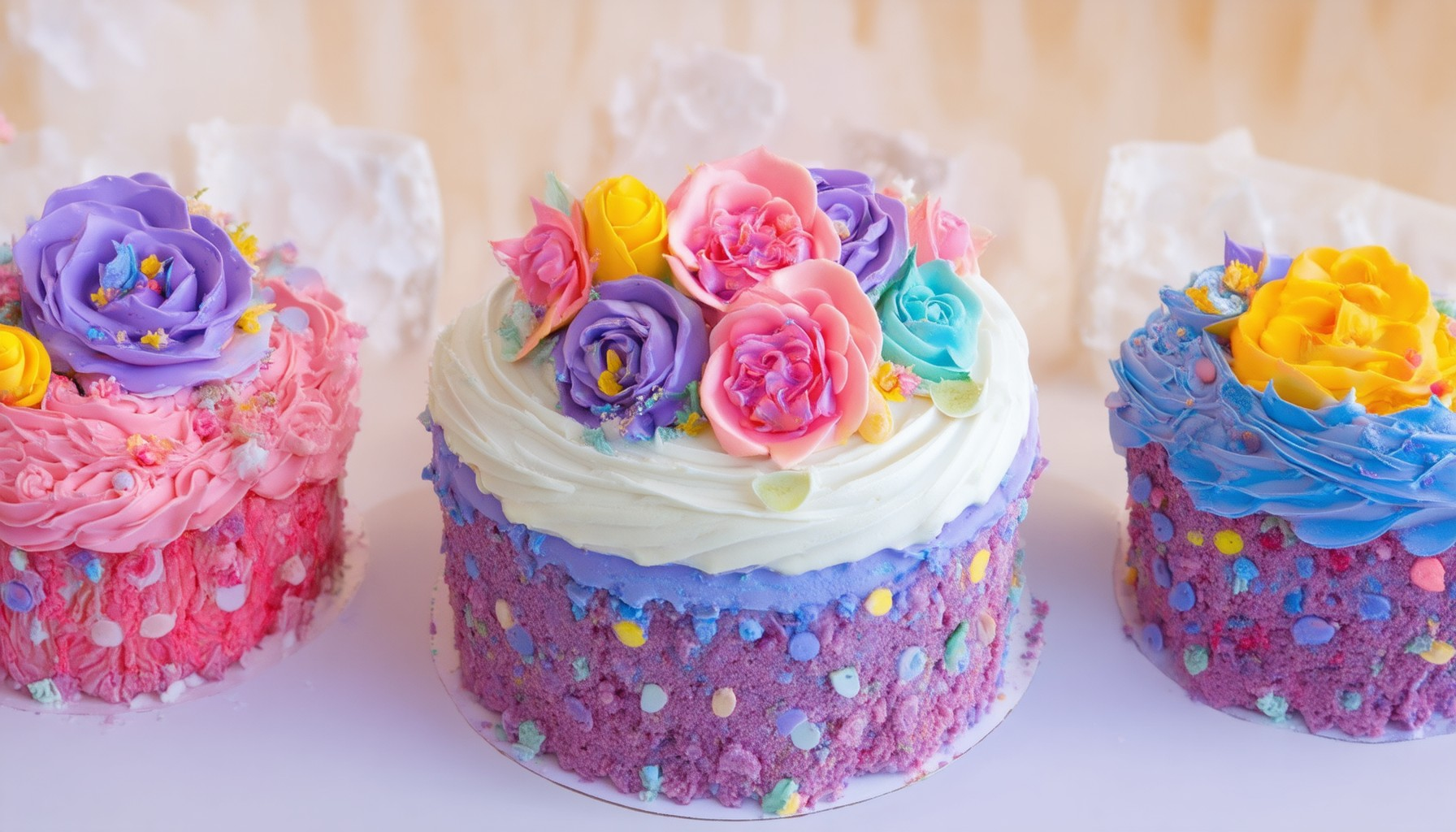
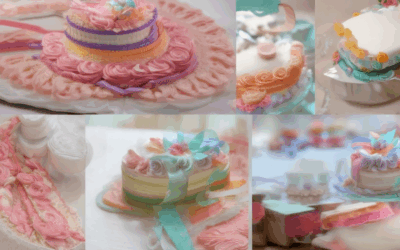
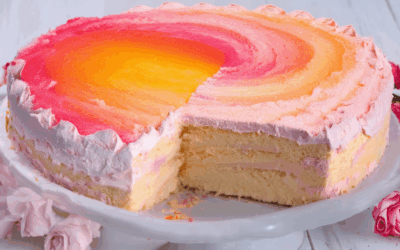
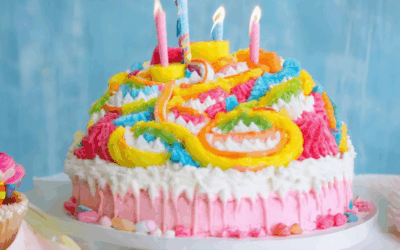
0 Comments